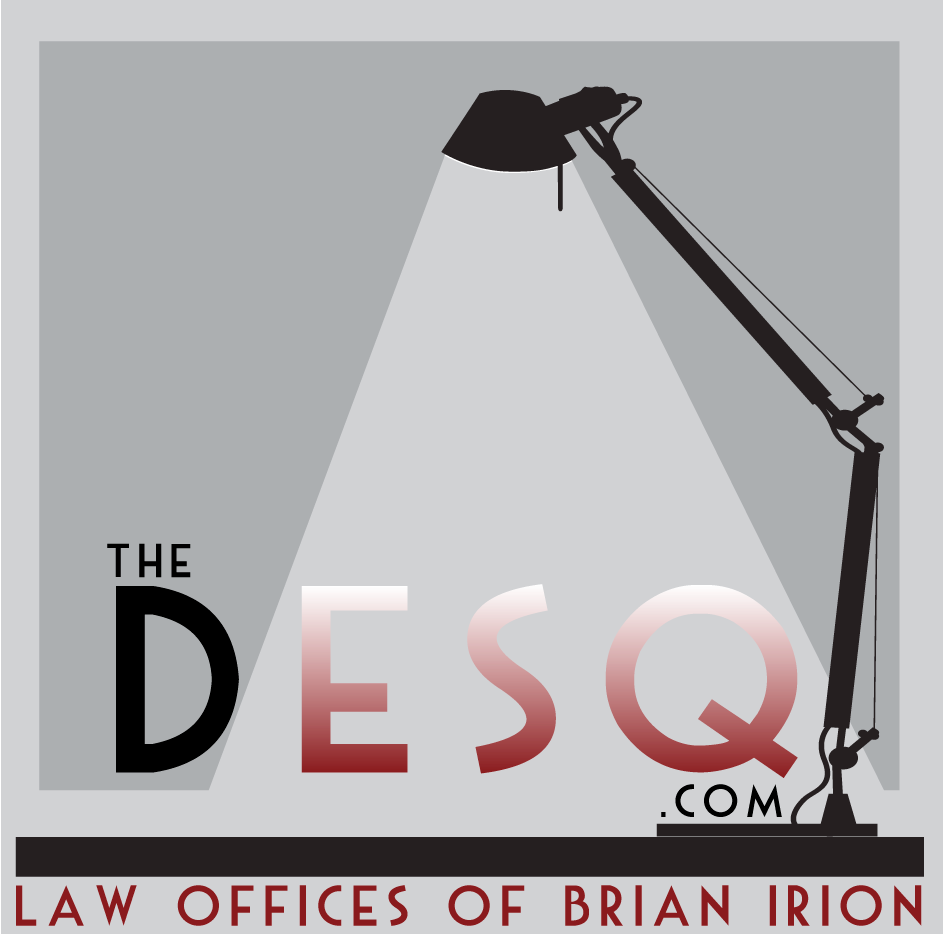Trademark Basics
Trademark law is often subdivided into trademarks, service marks, trade dress and trade names, although all have some features in common.
- Trademarks are words, symbols, phrases or designs, or combinations of these that distinguish the source of goods of one person from those of another (such as the famous Coca-Cola script lettering over the wavy red band.)
- Service marks are similar to trademarks except that the words, phrases or designs distinguish the services of one business from those of others (such as the AT&T mark for broadband data services.)
- Trade dress refers to the total image of a product and includes such features as size, shape, color combination or graphics provided they are non-functional (such as the appearance of certain model of sports car like a Lamborghini Countach.)
- Trade names are simply names used by a business to identify its business or vocation.
Trademark law is really an amalgamation of laws that protect a company’s name, products, and services from unfair competition, and protect consumers from false advertising. Trademarks, service marks and trade dress are protected under both federal law by the Lanham Act (15 USC §1051 et seq.) and under California law by the California Trademark Law (Cal. Bus. & Prof. Code §14200-14352). And, certain common law rights protect against the unfair competition of “palming off” one’s goods as another’s.
The procedures to perfect rights in a mark and remedies for infringement or dilution differ somewhat. Under the Lanham Act, a person with a bona fide intent to use a mark in commerce can file an application to register the mark. Under the California Trademark Law, a person must have used the mark in commerce in order to perfect rights in it. Registration provides constructive notice to potential users, protection to the registrant, and protection to the consumers who depend on the association between the mark and origin of goods.
The Lanham Act prohibits use of counterfeit or unlicensed marks in connection with marketing goods and services, but it also prohibits a much broader array of wrongs. It protects against dilution of famous marks, it protects domain holders from deceptively similar names (for example, ebay.com is entitled to protection against a domain entitled perfumebay.com.) It protects consumers against the “palming-off” of fake Gucci purses and handbags. And, it protects consumers against false designations of origin such as “Napa Wine.”
Certain marks may not be registered, or may be registered only under certain conditions. A mark that is generic may not be registered in the Patent and Trademark Office’s principal register (e.g., “muffin” is generic.) A descriptive mark, like “Napa Valley Wine” may achieve protectable status when a “secondary meaning” attaches such that consumers equate the product with a particular source or origin. A suggestive term (such as “Slickcraft” when applied to boats) may be entitled to protection without secondary meaning. An arbitrary or fanciful mark such as “Black & White” applied to whisky is inherently distinctive and will be afforded the broadest protections under trademark law. Lastly, one cannot register a mark already in use by another for the same or confusingly similar services or products.
Before a mark is registered in the U.S. Trademark Office’s principal register, the user of the mark may not use the symbol “®” (which is reserved for a registered mark) but may use “™”. Once a trademark is acquired, it may be transferred with the goodwill of a company. It may also be lost by abandonment, failure to maintain quality control in licensees, through a showing that it was fraudulently acquired, by showing that others were using the mark in commerce before the registrant used it, and by other means.
Remedies for trademark infringement can include injunctions, destruction of infringing goods, impoundment of infringing goods, treble profits, damages and attorneys’ fees. Successful plaintiffs in “cybersquatting” domain name cases can also obtain the domain name wrongfully used the defendant.
While the United States Patent and Trademark Office has self-help pages in its website, care needs to be taken in the registration, classes of goods and services selected, and ownership, licensing and assignment of marks, as well as steps to maintain and enforce an owners’ rights, or those rights may be lost.

